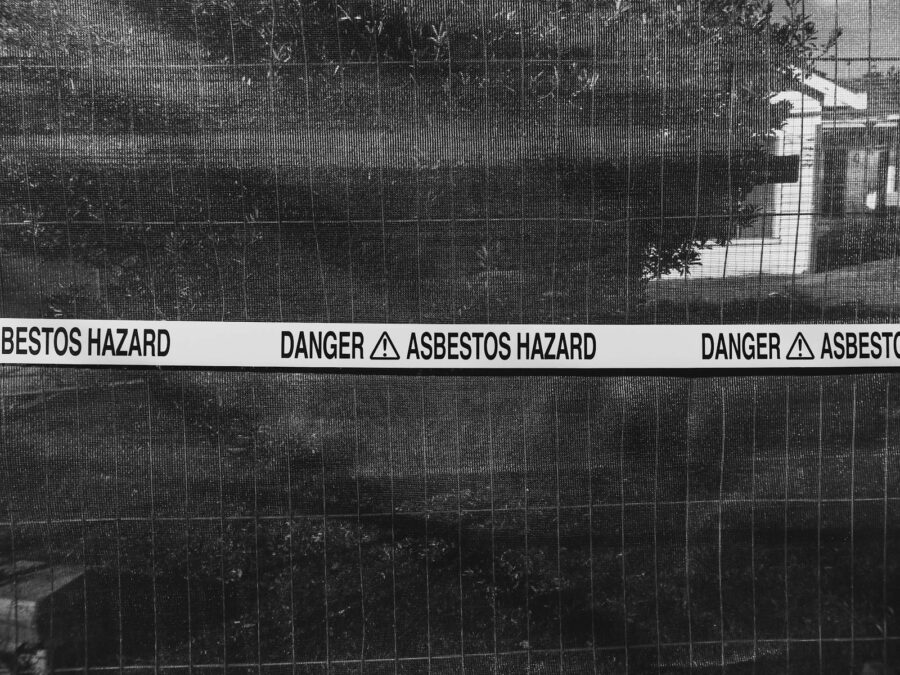UK businesses are being urged to remain vigilant over asbestos risks after a new report found inconsistencies in safety measures during licensed asbestos removal. The findings, published by the Health and Safety Executive (HSE), raise concerns that some control measures designed to minimise asbestos exposure are not being applied consistently, potentially putting workers at risk.
Asbestos was banned in the UK in 1999, but it remains present in buildings constructed or refurbished before 2000. Under UK law, only licensed contractors can carry out higher-risk removal work. But site visits conducted between 2016 and 2019 at eight asbestos removal projects found several instances of poor compliance with safety protocols, prompting fresh concerns about workplace wellbeing.
Key Failings in Asbestos Removal Practices
Scientists conducting site inspections for the HSE monitored airborne asbestos fibre levels and observed working practices during the removal of asbestos insulating board, insulation and sprayed coating. The report found:
- Inconsistent use of fibre suppressant – Contractors did not always apply fibre suppressant when dismantling polythene enclosures, increasing the risk of airborne asbestos exposure.
- Failure to conduct smoke tests – Some enclosures were not tested for leaks after work breaks or repairs, meaning asbestos fibres could have escaped into surrounding areas.
- Reuse of enclosure materials – In at least one case, sections of a dismantled enclosure were reused in a new enclosure, breaching safety guidance. Enclosure materials should be disposed of as asbestos waste.
- Unsafe use of power tools – On one site, power tools were used on or near asbestos-containing materials, a practice that can significantly increase the release of hazardous fibres.
- Poor decontamination procedures – Equipment used during removal was taken out of enclosures without adequate containment, increasing the risk of asbestos spreading beyond the worksite.
Workplace Wellbeing at Risk
The findings raise concerns not just for removal contractors but also for businesses overseeing asbestos-related work in their buildings. Asbestos exposure is a leading cause of occupational illness, responsible for diseases such as mesothelioma, lung cancer and asbestosis. With asbestos still present in thousands of workplaces, failure to follow strict control measures could put employees and building occupants at risk.
The HSE report does not claim that its findings represent the entire licensed asbestos removal industry, as the contractors involved participated voluntarily and may have adhered more closely to guidelines under observation. But the inconsistencies identified show a need, the HSE says, for stronger oversight, training and adherence to best practices.
Workplace safety specialists are urging organisations to ensure asbestos removal is carried out to the highest standards, with robust risk management strategies and close monitoring of contractor compliance.
With asbestos-related diseases often developing decades after exposure, strict adherence to safety measures remains critical in protecting workers for years to come. Experts say businesses managing older properties should review their asbestos policies, ensure proper training and enforce rigorous contractor oversight to maintain a safe working environment.


